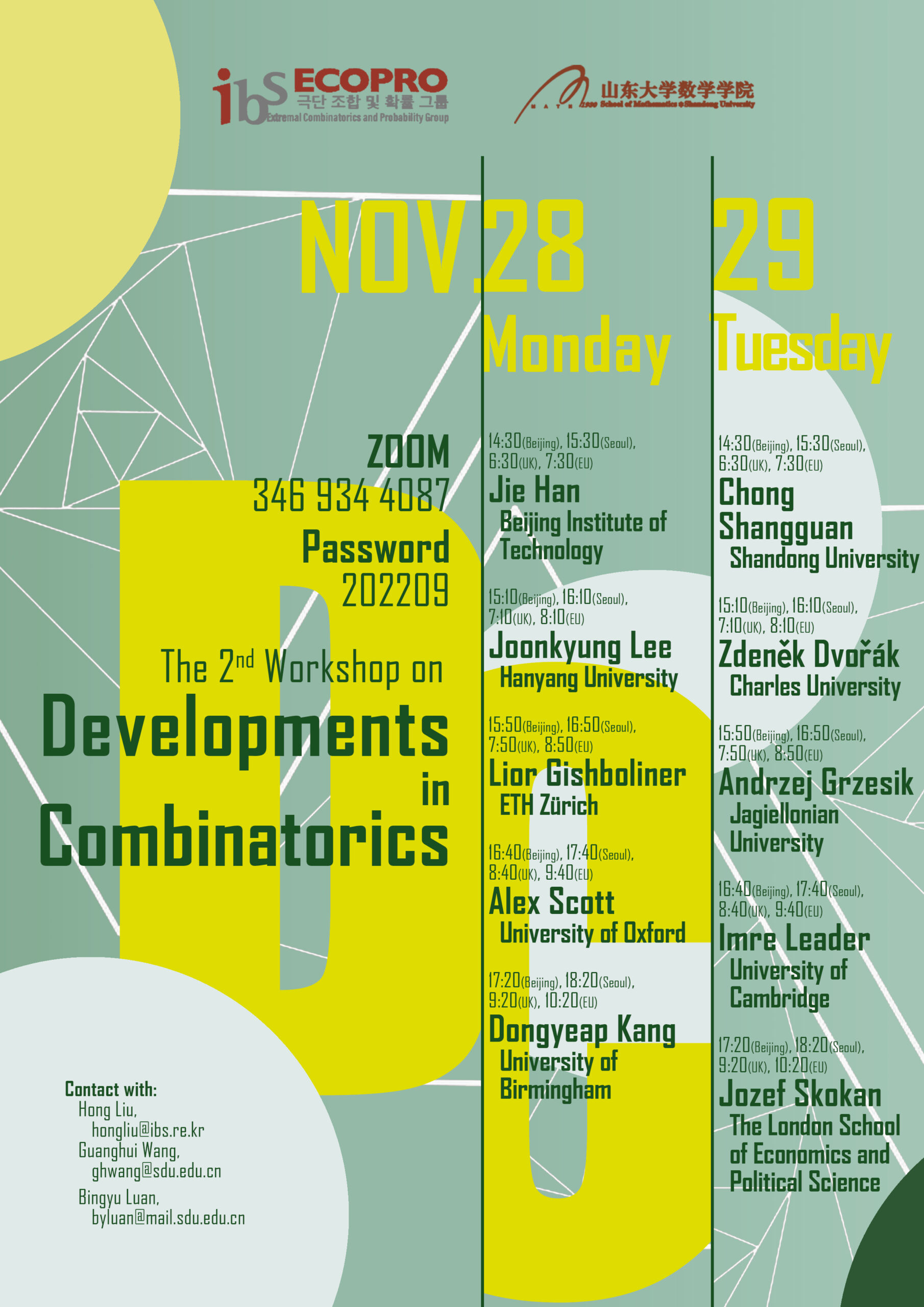Florent Koechlin, Uniform random expressions lack expressivity
Room B332 IBS (기초과학연구원)In computer science, random expressions are commonly used to analyze algorithms, either to study their average complexity, or to generate benchmarks to test them experimentally. In general, these approaches only consider the expressions as purely syntactic trees, and completely ignore their semantics — i.e. the mathematical object represented by the expression. However, two different expressions …


